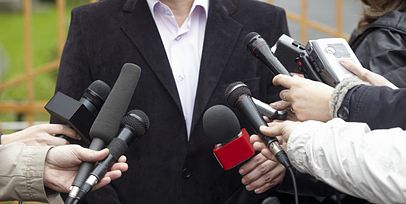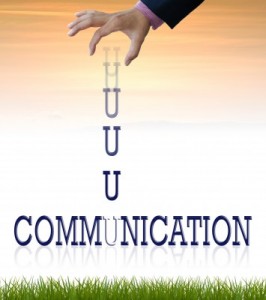If you’re at the center of a crisis when one hits, like it did April 15 when two bombs killed and maimed spectators and participants at the Boston Marathon, make this your mantra:
Communicate early. Communicate often. And communicate accurately.
Communicating early, when facts are still coming in and very little can be confirmed or validated, means at least letting stakeholders know that:
- You’re on it.
- You care.
Social media might be among the first places you let people know that your organization is working to fact find and planning to release more information as it becomes available and verified. If you’ve pre-planned your crisis communications, you will have some prepared responses to many potential crisis scenarios so that your posts are a keystroke away and do not need vetting or wordsmithing under high stress. If you have an important message that you need to get out, use social media and ask people to share your message. Many people will be glad to help.
It’s important to show people as early as possible that you are the best and most reliable source of information about your crisis and that you care. Do not assume that they realize you’re as upset, saddened, shocked or dismayed as they are. Tell them so. And if your attorneys tell you not to comment at all, just keep in mind that their primary goal is winning in the courtroom or negotiating table. They might win there, but if you don’t communicate early and empathetically, you lose in the court of public opinion and that may cost you more dearly than any court-mandated settlement. (Just sayin’. If the lawyers start driving the communications strategy, it’s game over. Think of BP in the Gulf of Mexico or Toyota with its faulty brakes.)
If people were harmed, you care deeply and are empathetic. If people have been inconvenienced, you’re sympathetic and are working furiously to ensure that everything is returned to business as usual.
The lawyers want to be sure that you’re not excessively admitting to responsibility for their inconvenience or injuries. This is valid, but it is a terrible and irreparable mistake to withhold any response and, as a result, project an image of callousness. You cannot be too compassionate. And compassion does not mean taking responsibility.
Think about this: What if the CEO of Carnival Cruises had gotten himself airlifted to the ship adrift and suffered alongside his customers? I would feel entirely differently about the problems Carnival and its passengers have suffered through if I knew its executives shared in the discomfort. And the headline would not be: “Boss of Carnival Adds Insult to Misery By Going to Basketball Game as 4,000 Suffer Aboard ‘Stinking Stricken Ship’…”.
Communicating often is essential because media coverage can be around the clock. If it’s an evolving situation, plan to hold media briefings every few hours. Listen closely on social media so you can correct misinformation that is getting passed around as it happens. Use your social media channels to release details in between media briefings. Establish a hashtag for your crisis communications on Twitter so that people can more closely follow the ‘official’ information source.
The frequency of your communications are a way of showing that you care about your stakeholders and are serving their needs and not just your own. Today, people make judgments based on your organization’s behavior and not just a carefully crafted message labored over by your attorneys, senior executives and others.
Inaccurate information can un-do all of your tremendous communications. To increase the likelihood that accurate information is presented on a timely basis, your crisis plan should have designated spokespeople, chains of command and reporting structures so that people in the field, on the scene or troubleshooting the issue know the protocol for providing updates. They should have the names and contact information of the crisis team, there should be a clear method of capturing and reporting out the information to the crisis team, and everyone in the field should know not to speak to but instead properly redirect the media and to limit internal speculation.
Stress degrades decision making, so successful communications in a crisis are typically based on a pre-existing communication plan that reasonably anticipates various crisis situations and develops responses so that they’re at the ready when a crisis hits.
Whether you have a plan or are planning on the fly, just repeat after me: communicate early, communicate often and communicate accurately.














 Grant Wright
Grant Wright Corie Fiebiger
Corie Fiebiger
 Shae Geary
Shae Geary Phelan Riessen
Phelan Riessen Katrina Early
Katrina Early Hamish Marshall
Hamish Marshall